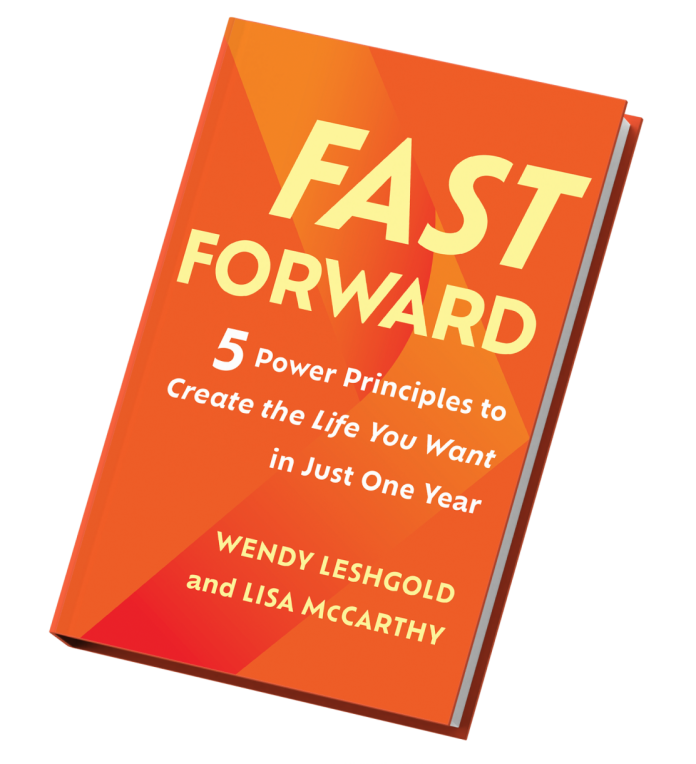
When two departments merged at Hugo’s company, he was given responsibility for both. Before the other manager transitioned to a different role, they met to discuss the people on her team. “Fair warning, Martin is not the most engaged or motivated employee. His work is solid, and he seems to like it here, but I wouldn’t have great expectations for him.”
Hugo knew Martin a little and could understand the comments. Martin was reserved and didn’t often volunteer his thoughts. You never quite knew how interested he was. Hugo also knew that Martin would share valuable ideas in meetings when prompted and seemed to have a better grasp of the department data than others, especially how to explain it and extract meaningful insights from it. Contrary to the other manager’s opinion, Hugo chose the perspective that Martin had untapped depths, and he was going to discover them. He would ask questions, listen, and discover what Martin thought about the value he could bring to the team.
Hugo started small, setting up one-on-one meetings with Martin. He asked questions about what Martin liked most about their work and what he saw as the team’s greatest challenges. With every meeting, he kept peeling the onion. When Martin seemed to withdraw or become less communicative, he would change tack. After a few weeks, he discovered a talent and passion for data visualization—or turning complex data into accessible insights and graphics that everybody can understand quickly. “I know that’s not really part of my job here,” Martin said during one conversation.
“Why do you think that’s the case?” Hugo asked. That question got Martin talking about a problem he saw in the department regarding the breakdown of responsibilities. “How would you solve it?” Martin asked. Hugo shared an excellent idea for streamlining the work they did and leveraging people’s talents better. Hugo gradually put Martin’s ideas into action, giving him full credit, and was able to shift Martin’s responsibilities to be more focused on report creation and cross-department data sharing.
Martin became a much more engaged and high-value member of the team. All it took was for Hugo to assume that Martin had something valuable to offer, ask open-ended questions, and then let Martin share in a way that was comfortable for him.
The importance of patience
After listening, one of the most vital coaching muscles is patience. You have to wait for people to arrive at the answers they need on their own without leaping in to save the day. You have to resist the urge to push them toward the solution from your perspective. Your job is to listen between the lines and to ask a few choice questions.
Patience is only possible if you assume that others have the answers to begin with. If your assumption is that eventually you’ll have to give them the answer, or that any answer they come up with won’t be as strong as yours, you’re not coaching, you’re just going through the motions. But when you assume they have the answers already, your role is simply creating the time and space for them to show up as brilliant, creative, and resourceful. When you can do that, you free yourself from solving their problems.
Hugo didn’t go into his conversations with Martin, believing he knew how to solve Martin’s “problem.” He didn’t even know if there was a problem. He assumed Martin had something to offer and could find his own path to engaging more with the team. Then he looked for opportunities to support Martin’s ideas and build his confidence.
This mindset is essential because people are often demotivated when others try to “help.” In her book How to Change, psychologist Katy Milkman describes the revelation of a colleague who wondered why people who knew what they should do to solve a challenge weren’t doing it, even though they were getting plenty of good advice:
Too often, we assume that the obstacle to change in others is ignorance, and so we offer advice to mend that gap. But what if the problem isn’t ignorance but confidence—and our unsolicited wisdom isn’t making things better but worse? . . . In giving advice, we might be inadvertently conveying to people that we don’t think they can succeed on their own—implying that we view them as so hopeless that two minutes of advice will be worth more than all they’ve learned from attempting to solve their own problems.
What worked instead, based on a study Milkman and her colleagues conducted, was to ask people who were struggling to share their insights with others. Exploring their own ideas and knowledge brought them clarity and gave them confidence. Granting people the time and space to do that is a gift you can give. When you do, you’ll reap the benefits, too!
When you adopt the mindset that people are resourceful and creative, you’re more likely to create a safe environment for them to explore their thoughts and feelings. In Think Again, Adam Grant describes the research into how critical safety is: “In a series of experiments, interacting with an empathetic, nonjudgmental, attentive listener made people less anxious and defensive. They felt less pressure to avoid contradictions in their thinking, which encouraged them to explore their opinions more deeply, recognize nuances in them, and share them more openly.”
The safer we feel, the more comfortable we are taking risks—sharing our closely held ideas, feelings, and fears. Effective coaching helps us be vulnerable, dreaming out loud, without worrying about the other person’s doubt or cynicism.




